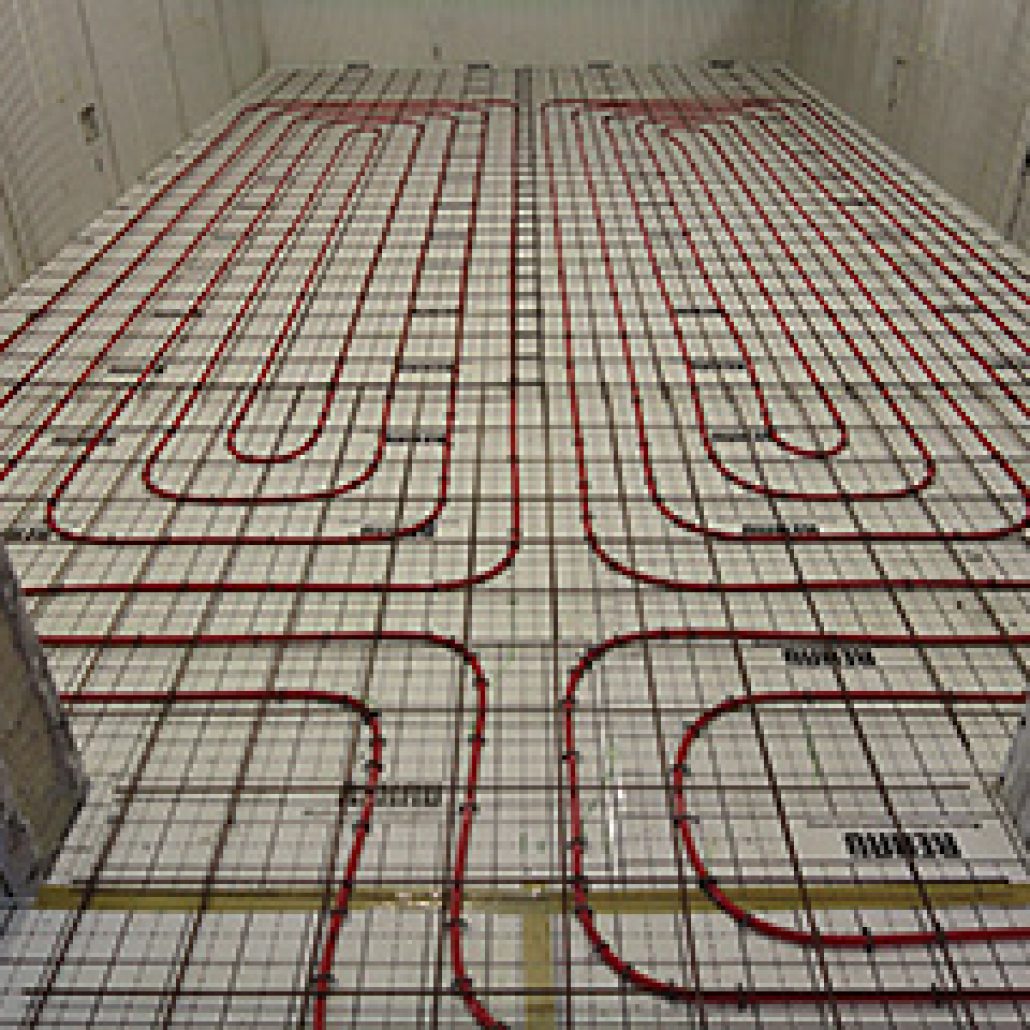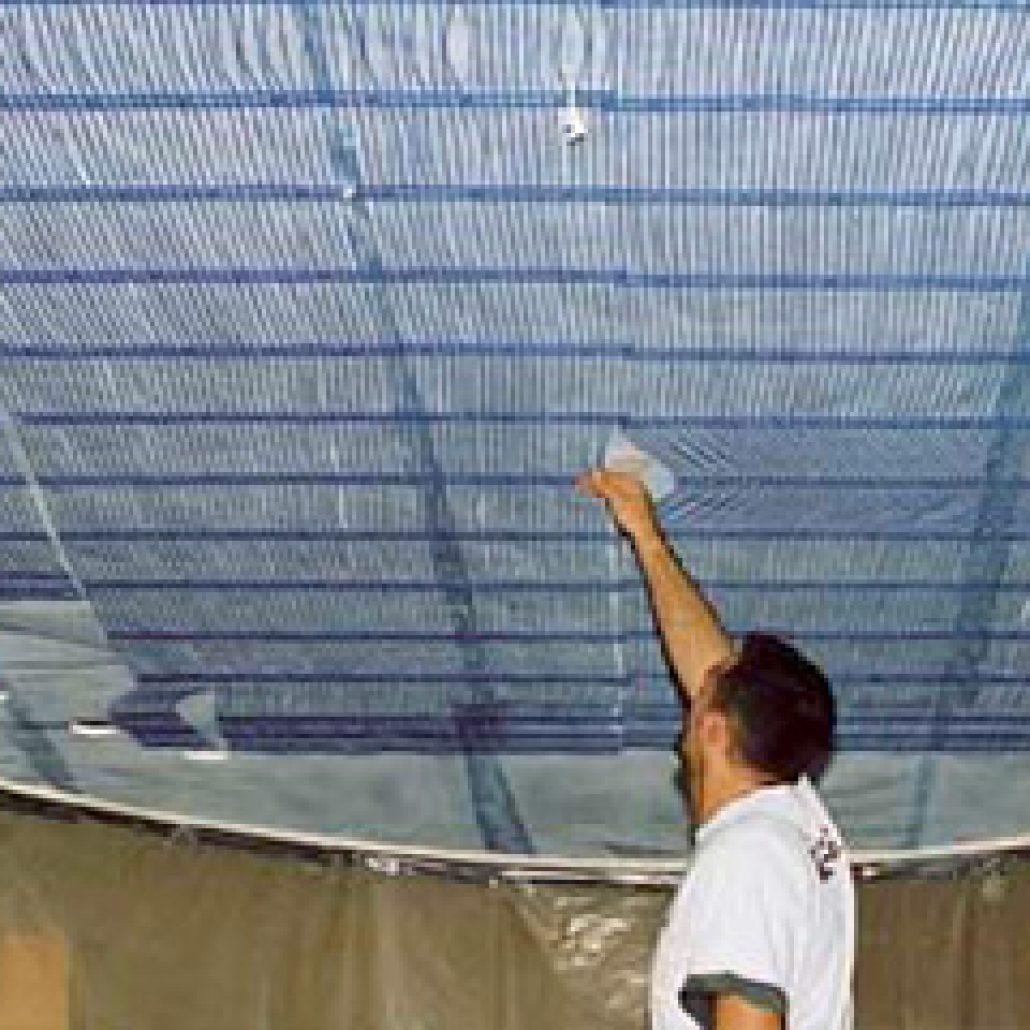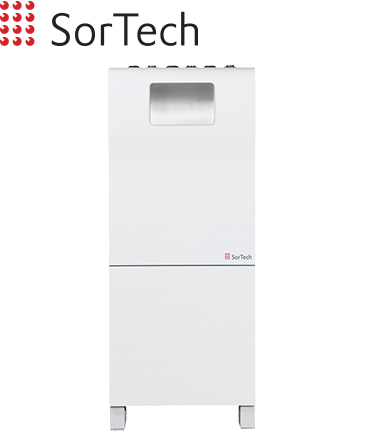Chilled Hydronic Slabs
Hydronic cooling through a slab is normally delivered through the floor although can also be delivered through the ceiling. For floor slab cooling it makes sense to incorporate any hydronic slab underfloor heating and to then cool the water to provide a cooling system
There are however benefits to installing hydronic slab cooling in the ceiling. As warm air rises more air will then come into contact with the chilled ceiling helping to cool the whole room. Also, it is easier to leave hydronic pipes in ceilings exposed which increases the effectiveness of the cooling.

Hydronic floor cooling system



